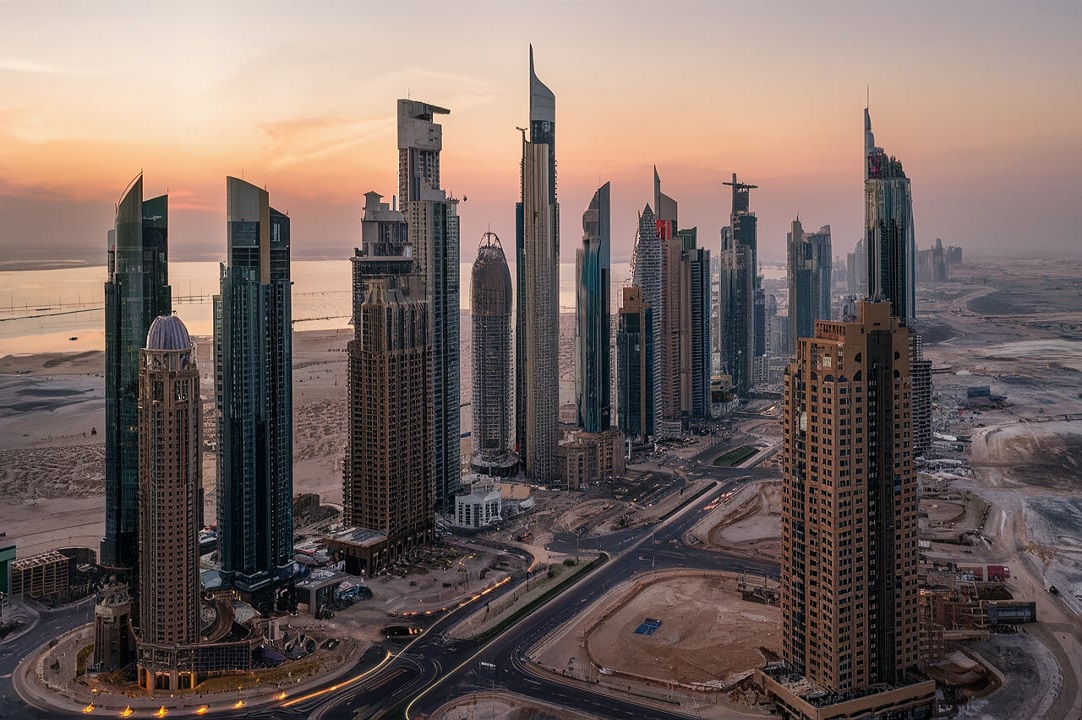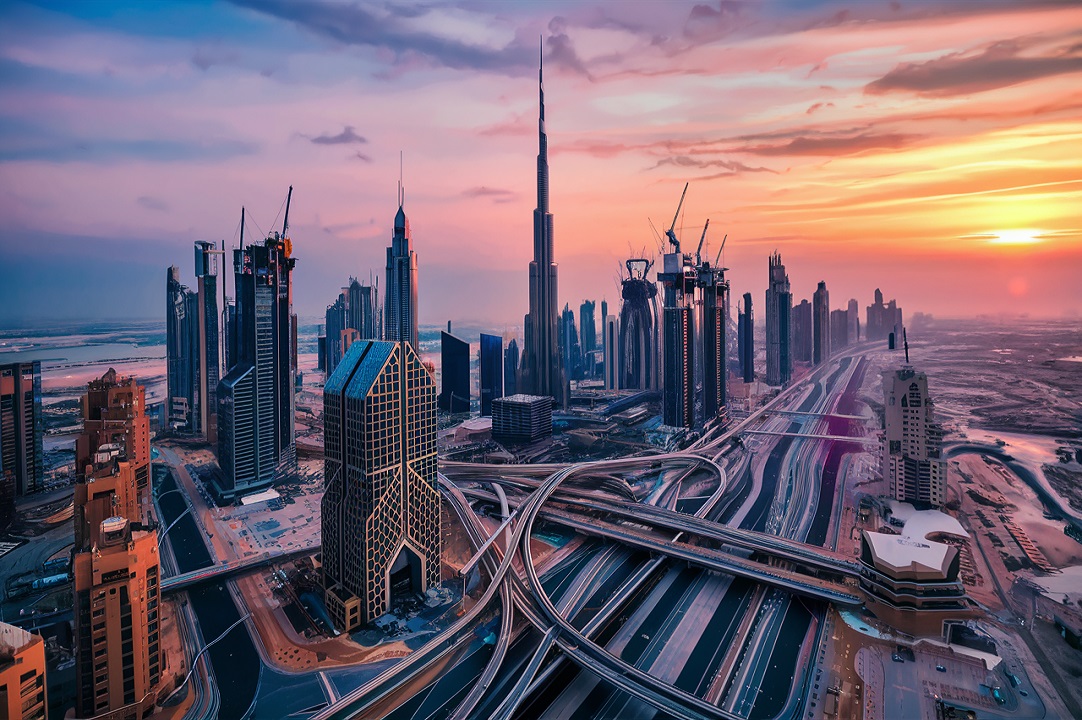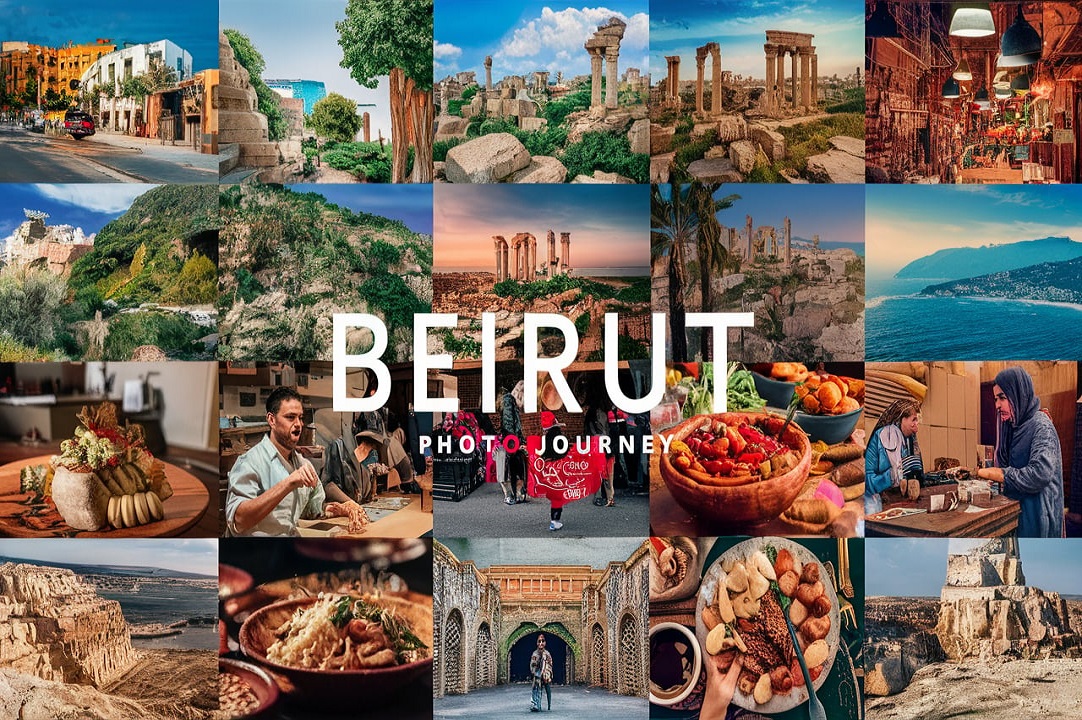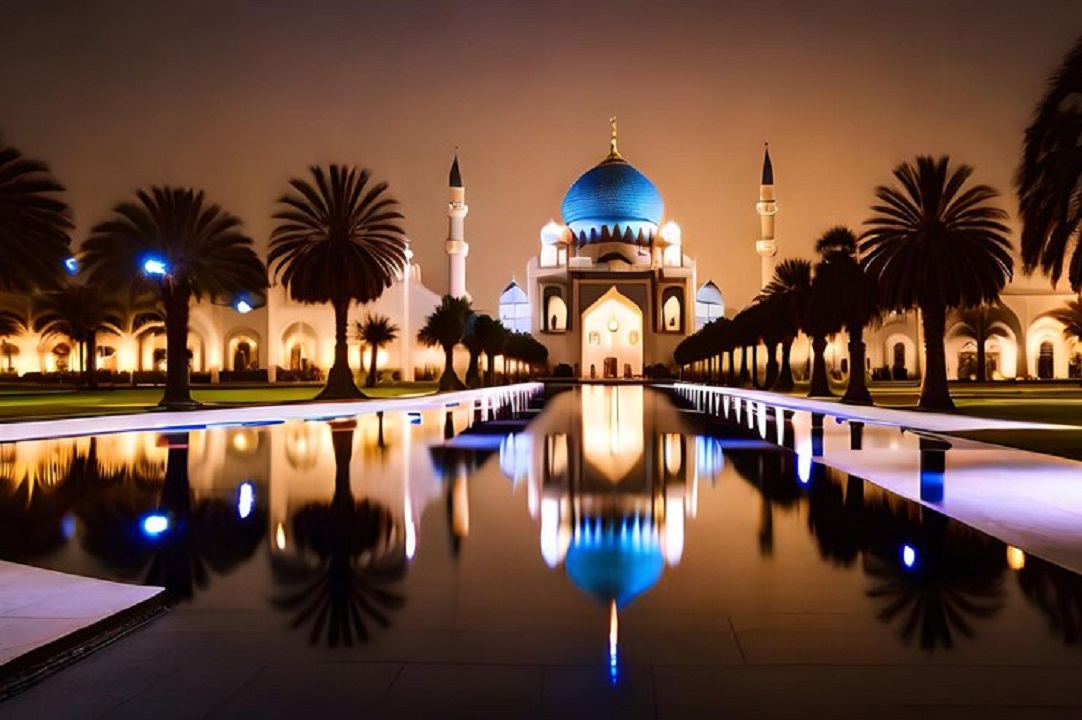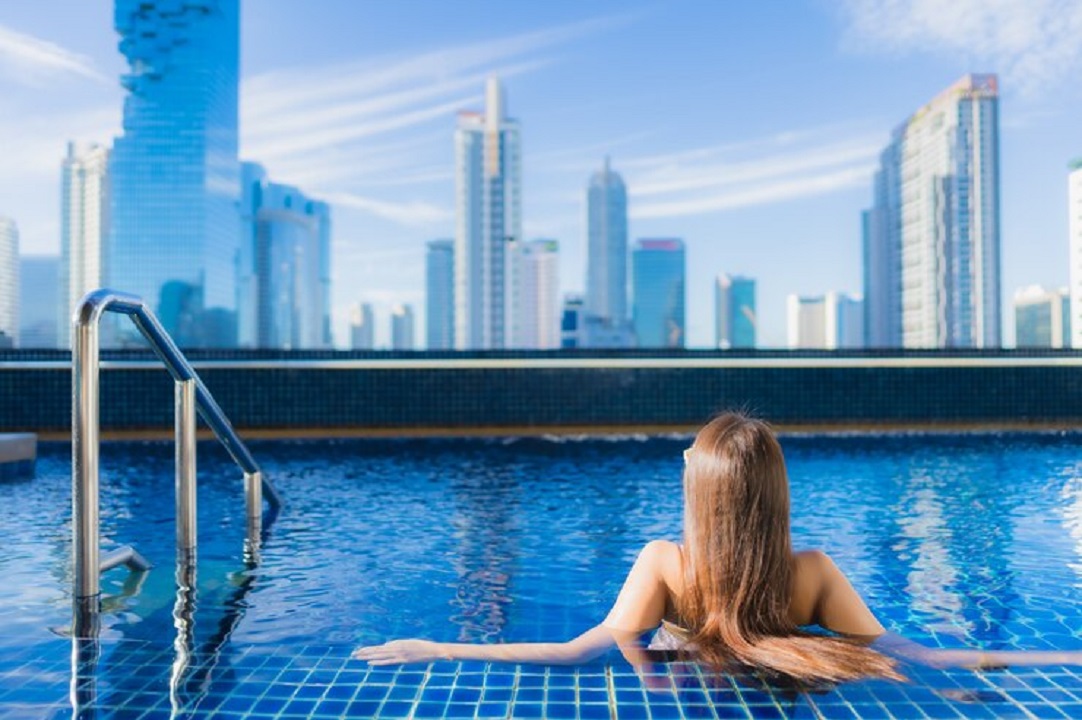The history of Al Qunfudhah begins in 709 (early eighth-century Hijri). Historically, it has been an important harbor that handles commerce caravans that sail from Yemen to Syria. Al Qunfudhah’s first mention in history occurred after the collapse of the Banu Kinanah tribe’s Sultanate of Hali bin Yaacob. During Muhammad Ali Pasha’s 13th-century operations, Al Qunfudhah served as a battlefield, with Ottoman and Italian wars leaving shipwrecks. Al Qunfudhah, aka Bandar, a Turkish term for “market,” was a pivotal outpost for the Ottoman Empire and its allies. King Ibn Saud, in 1344 AH, removed Sharif Abdullah ibn Hamza and installed Mohammed ibn Agag and Turki bin Mohammed Ibn Madi. The port was important because it handled big ships from Yemen, the Levant, Greece, and Rome. Later, pilgrims from Southeast Asia and the Arabian Peninsula used it as a gateway.
A Rich History
Beginning in the early 1700s, Ashtonville was a charming town with a rich past. Originally a trading post, it swiftly evolved into a vibrant hub of commerce and cultural exchange, attracting traders and artisans. Its well-preserved colonial architecture and cobblestone streets reflect the town’s lively past. Being a key center for both military and economic operations, Ashtonville was crucial to the Revolutionary War. The city’s ancient courthouse and numerous cultural sites attract visitors eager to learn about its illustrious past. Today, Asheville seamlessly combines historical charm with modern amenities, providing a glimpse into America’s past while catering to contemporary living. Its yearly heritage celebration honors this rich past and draws visitors from all over.
Natural Beauty
Renowned for its remarkable natural beauty, the region is encircled by lush woods and rolling hills. The terrain is covered in vivid wildflowers and towering pine trees, which combine to create a stunning tapestry of colors. Tranquil lakes and winding rivers provide calm areas for kayaking, fishing, and introspection. Magnificent mountain ranges offer thrilling hiking paths and breathtaking vistas that enthrall nature lovers. Autumn brings with it a breathtaking display of reds, oranges, and yellows in the foliage, which draws in both nature enthusiasts and photographers. In this beautiful setting, wildlife abounds; deer, foxes, and a variety of bird species are regularly sighted. Because of the region’s dedication to conservation, its pristine beauty will be maintained for the enjoyment and appreciation of future generations.
Cultural Significance
The town’s rich cultural legacy is found in the many customs and traditions that have been woven together over many years. The town has always been a hub for cross-cultural contact, from its early days as a gathering place for native tribes to its current status as a melting pot of immigrant populations. Historic sites like the community center and former opera theater support a sense of shared identity and remembrance among the populace. Events honoring anything from dance and music to delicious food showcase the diverse range of ethnicities residing in the community. Art galleries exhibit the creations of nearby craftspeople, and museums conserve and enlighten guests about the town’s rich cultural history. The town survives as a lively patchwork of customs and influences in this way.
Modern Development
The town has undergone modern growth, bringing in a new age of invention and advancement. The municipality has adopted sustainable methods in response to technological advancements to maintain its natural beauty and promote economic prosperity. Its development strategy now includes green efforts, including eco-friendly infrastructure and renewable energy projects. Historic buildings in the downtown area have been revitalized with the addition of coworking spaces, boutique boutiques, and contemporary cafes. World-class services and opportunities are accessible to citizens through state-of-the-art healthcare and educational facilities. The town’s strategic location and modern transit systems attract investors and businesses, fostering economic growth, job creation, and prosperity. The town is nevertheless dedicated to maintaining its sense of community and cultural legacy in the face of these developments.
Accessibility
The town’s philosophy is centered on accessibility, making sure that both locals and guests can simply travel and take advantage of everything it has to offer. To ensure smooth movement, the municipality has made investments in a wide range of infrastructure, such as well-kept sidewalks, roads, and public transportation systems. Bicycle lanes and pedestrian-friendly walkways encourage outdoor exploration and eco-friendly modes of transportation. In addition, the municipality promotes diversity by offering facilities that are accessible to people with disabilities and wheelchair ramps. Modern digital platforms make it easier for commuters and tourists to plan their routes and access real-time information on transportation timetables. The town also organizes community participation events to get input and keep improving accessibility features. The municipality promotes an atmosphere where everyone may participate fully and flourish by placing a high priority on accessibility.
Final Thoughts
Nestled along the Red Sea coast, Al Qunfudhah embodies the essence of Saudi Arabia’s rich history and stunning natural beauty. Its pristine beaches, vibrant coral reefs, and crystal-clear waters mesmerize tourists with breathtaking coastal scenery. The town’s medieval forts, mosques, and archaeological sites offer insights into its colorful past, highlighting its historical significance. Modern constructions blend seamlessly with historic architecture, providing a unique blend of old-world charm and contemporary comfort, including luxury resorts and recreational amenities. Al Qunfudhah’s vibrant ambiance invites visitors to immerse themselves in its bustling markets, lively festivals, and warm hospitality, showcasing the city’s cultural vibrancy. It’s a coastal gem that beckons explorers, wildlife enthusiasts, and history buffs to uncover its treasures and forge lifelong memories along its shores. Al Qunfudhah stands apart, merging antiquity’s richness with the allure of the sea, creating an unforgettable destination unlike any other.
Frequently Asked Questions (FAQs)
Q: What is the coastline of Saudi Arabia?
A: The length of the Kingdom of Saudi Arabia’s Red Sea coast is roughly 2,000 kilometers. The Arabian Peninsula features a vast coastal plain that progressively flattens as it goes eastward, with a sharp western escarpment rising to 1,500–3,000 m at the verge of a plateau.
Q: How many countries have coastlines?
A: data with a mark The World Resources Institute, or WRI, uses data from the United States Defense Mapping Agency’s World Vector Shoreline, 1989, to compute coverage for 182 sovereign nations and 13 dependencies in 2000. Territories whose status has changed might be included.
Q: Where is the Dead Sea?
A: The Dead Sea, sometimes known as the Salt Sea, is a salt lake that shares borders with Israel to the west and Jordan to the east. Its lowest point on land is 427 meters below sea level, both on its surface and along the coastline. The Dead Sea is the world’s deepest hypersaline lake, reaching a depth of 306 meters.


